Home>Furniture & Design>Interior Design Trends>How To Restore Glass Cooktop
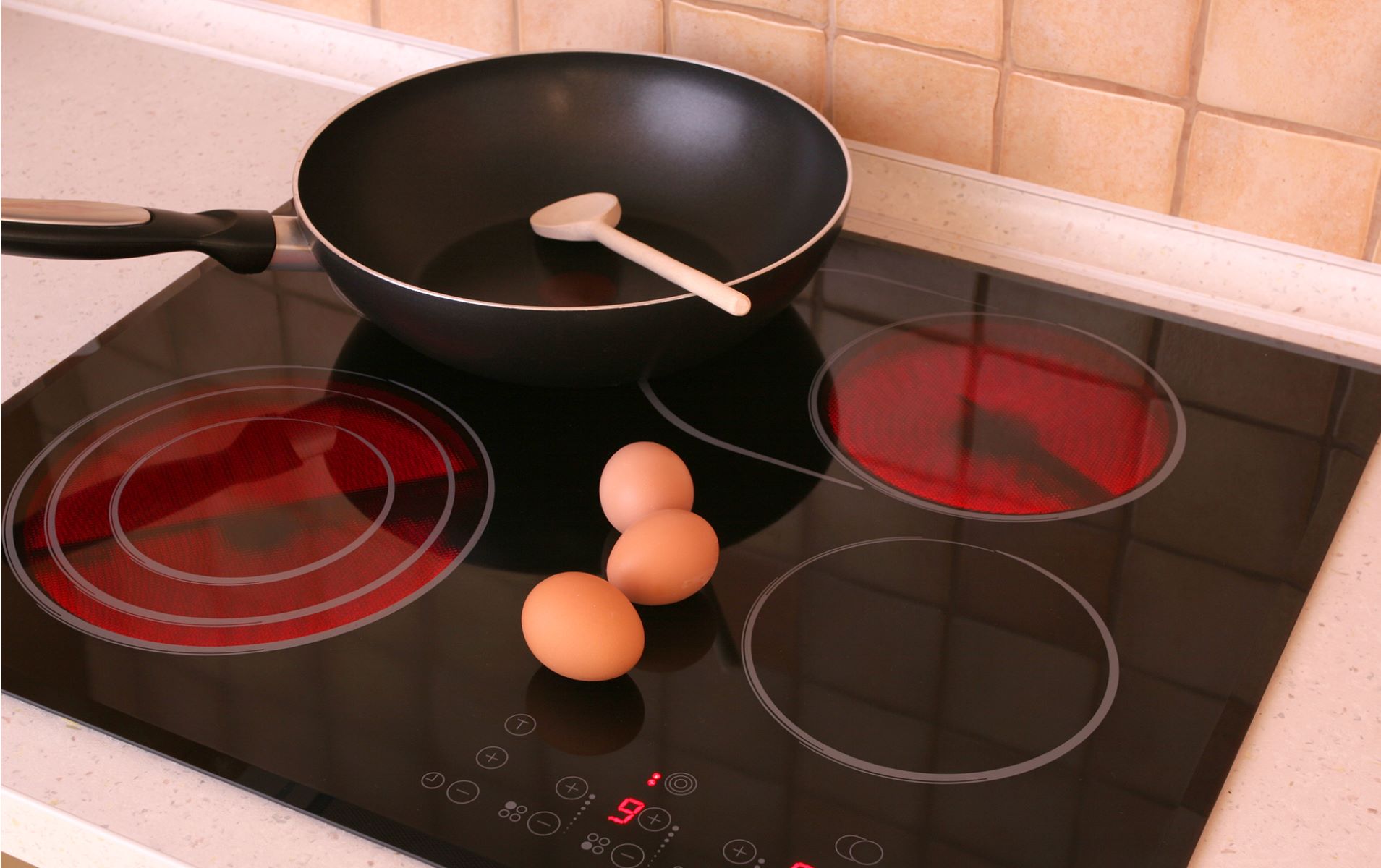

Interior Design Trends
How To Restore Glass Cooktop
Modified: October 27, 2024
Learn how to restore your glass cooktop and keep up with the latest interior design trends. Discover the best tips and techniques for a modern and stylish kitchen.
(Many of the links in this article redirect to a specific reviewed product. Your purchase of these products through affiliate links helps to generate commission for Storables.com, at no extra cost. Learn more)
Introduction
A glass cooktop adds a touch of elegance to any kitchen, but daily use can lead to unsightly stains and scratches. Restoring the pristine appearance of your glass cooktop not only enhances the aesthetic appeal of your kitchen but also ensures the longevity of your appliance. Whether you're a culinary enthusiast or simply someone who enjoys a tidy and well-maintained home, learning how to restore a glass cooktop is a valuable skill that can save you time and money.
Over time, spills, splatters, and cooking residue can mar the surface of your glass cooktop, making it appear dull and worn. Additionally, the accumulation of stubborn stains and grease can be a source of frustration for many homeowners. However, with the right techniques and a bit of elbow grease, you can revitalize your glass cooktop and restore its original luster.
In this comprehensive guide, we'll walk you through the step-by-step process of restoring your glass cooktop to its former glory. From cleaning and removing stubborn stains to polishing and maintaining the surface, you'll learn the best practices and essential tips for achieving a sparkling, like-new glass cooktop. By following these instructions, you'll not only improve the visual appeal of your kitchen but also ensure that your glass cooktop remains in top condition for years to come.
Whether you're a seasoned home chef or someone who simply takes pride in a well-kept kitchen, the satisfaction of seeing your glass cooktop restored to its pristine state is unparalleled. So, roll up your sleeves, gather your materials, and let's embark on the journey to rejuvenating your glass cooktop. With a little effort and the right approach, you'll soon be enjoying the radiant shine of a beautifully restored glass cooktop in your kitchen.
Key Takeaways:
- Reviving a glass cooktop involves gentle cleaning with vinegar, targeted stain removal using baking soda, and polishing with a specialized cooktop polish. Prioritize safety and regular maintenance to enjoy a sparkling, like-new surface for years to come.
- Restoring a glass cooktop not only enhances its visual appeal but also contributes to a safe and well-maintained kitchen environment. By following the step-by-step process and adhering to safety precautions, homeowners can achieve a radiant and rejuvenated cooktop that elevates the ambiance of their kitchen.
Read more: How To Restore Glass Top Stove
Safety Precautions
When embarking on the task of restoring a glass cooktop, it's crucial to prioritize safety to prevent accidents and ensure a smooth and secure restoration process. Here are essential safety precautions to keep in mind before you begin:
-
Turn Off the Power: Before starting any cleaning or restoration work on your glass cooktop, ensure that the power source is switched off. This precaution is vital to prevent the risk of electric shock or injury. If your cooktop is electric, disconnect it from the power supply to eliminate any potential hazards.
-
Allow the Cooktop to Cool: If you've recently used your cooktop, allow it to cool down completely before initiating the restoration process. The high temperatures of a recently used cooktop can cause cleaning solutions to evaporate too quickly, making them less effective. Additionally, working on a hot surface increases the risk of burns.
-
Use Protective Gear: When handling cleaning agents and polishing compounds, it's advisable to wear protective gloves to shield your skin from potential irritants. Additionally, consider wearing safety goggles to protect your eyes from splashes or fumes.
-
Ventilation: Ensure that the area where you're working is well-ventilated. Open windows and turn on exhaust fans to allow proper airflow and prevent the accumulation of fumes from cleaning solutions.
-
Read Product Labels: If you're using commercial cleaning products, carefully read and follow the instructions and safety guidelines provided by the manufacturer. Some products may require specific handling or ventilation requirements for safe use.
-
Keep Children and Pets Away: To avoid accidents and exposure to cleaning chemicals, it's important to keep children and pets away from the work area during the restoration process.
-
Avoid Abrasive Tools: Refrain from using abrasive tools or harsh scouring pads that can scratch or damage the glass surface. Opt for soft, non-abrasive cloths and sponges to protect the integrity of the cooktop.
-
Follow Manufacturer's Recommendations: Always refer to the manufacturer's guidelines and recommendations for cleaning and maintenance. Adhering to these instructions can help preserve the warranty and ensure the safe upkeep of your glass cooktop.
By adhering to these safety precautions, you can create a secure and controlled environment for restoring your glass cooktop. Prioritizing safety not only safeguards your well-being but also contributes to a successful and satisfying restoration experience.
Materials and Tools Needed
To embark on the journey of restoring your glass cooktop, it's essential to gather the necessary materials and tools to ensure a thorough and effective restoration process. Here's a comprehensive list of items you'll need to revitalize your glass cooktop:
-
Cooktop Cleaner: Choose a specialized cooktop cleaner designed for glass surfaces. Look for a non-abrasive formula that effectively removes stains, grease, and residue without scratching the glass.
-
Soft Cleaning Cloth: Opt for a soft, microfiber cleaning cloth to apply the cleaner and gently scrub the surface. Microfiber cloths are ideal for capturing dirt and grime without leaving lint or streaks behind.
-
Razor Scraper: A razor scraper with a retractable blade is essential for removing stubborn, baked-on stains and spills from the glass surface. Ensure that the blade is sharp but not overly aggressive to avoid scratching the cooktop.
-
Cooktop Polish: Invest in a high-quality cooktop polish specifically formulated for glass surfaces. The polish will not only restore the shine of the cooktop but also create a protective barrier against future stains and smudges.
-
Soft, Non-Abrasive Sponge: Select a non-abrasive sponge to assist in the gentle scrubbing and application of cleaning solutions. Avoid using rough scouring pads or abrasive materials that can damage the glass.
-
White Vinegar: Vinegar is a versatile and natural cleaning agent that effectively cuts through grease and grime. Dilute white vinegar with water to create a gentle yet potent cleaning solution for your glass cooktop.
-
Baking Soda: This household staple serves as a mild abrasive agent when mixed with water, making it ideal for tackling tough stains and residue on the cooktop surface.
-
Cooktop Razor Blade Scraper: A cooktop razor blade scraper is designed specifically for glass cooktops and can effectively remove burnt-on food and residue without causing damage.
-
Rubbing Alcohol: Rubbing alcohol is useful for removing stubborn residues and grease spots from the glass surface. It evaporates quickly and leaves behind a clean, streak-free finish.
-
Protective Gloves: It's important to protect your hands while working with cleaning solutions and polishing compounds. Choose durable, chemical-resistant gloves to shield your skin from potential irritants.
-
Safety Goggles: Safety goggles provide eye protection from splashes, fumes, and cleaning solution vapors. Prioritize safety by wearing goggles to prevent any accidental exposure to harmful substances.
-
Lint-Free Cloth: A lint-free cloth is essential for buffing and polishing the glass cooktop after cleaning and applying the polish. Ensure that the cloth is soft and free of any abrasive particles that could scratch the surface.
By assembling these materials and tools, you'll be well-equipped to tackle the restoration of your glass cooktop with confidence and precision. With the right supplies at your disposal, you can effectively address stains, grease, and blemishes, ultimately achieving a radiant and rejuvenated glass cooktop that enhances the overall appeal of your kitchen.
Step 1: Cleaning the Cooktop
Cleaning the glass cooktop is the crucial first step in the restoration process, as it sets the foundation for removing surface stains and grime. Follow these detailed instructions to ensure a thorough and effective cleaning of your glass cooktop:
-
Prepare the Cleaning Solution: Begin by preparing a gentle yet potent cleaning solution. Mix equal parts of white vinegar and water in a spray bottle. Vinegar is renowned for its natural degreasing and disinfecting properties, making it an ideal choice for cleaning glass surfaces without leaving streaks or residue.
-
Spray and Soak: Liberally spray the prepared vinegar solution onto the glass cooktop, ensuring that the entire surface is covered. Allow the solution to soak for a few minutes to loosen stubborn stains and grease buildup. The mild acidity of the vinegar effectively breaks down grime, making it easier to remove.
-
Gentle Scrubbing: Using a soft, non-abrasive sponge, gently scrub the glass surface in circular motions to dislodge dirt and residue. Focus on areas with visible stains or spills, applying gentle pressure to avoid scratching the glass. The combination of the vinegar solution and gentle scrubbing helps lift and remove surface grime effectively.
-
Rinse and Dry: Once the surface has been thoroughly scrubbed, rinse the cooktop with clean water to remove the vinegar solution and any loosened debris. Use a clean, lint-free cloth to dry the glass surface, ensuring that no moisture or streaks remain. A dry surface is essential for the next steps in the restoration process.
By meticulously following these steps, you can achieve a clean and refreshed glass cooktop, free from unsightly stains and residue. The gentle yet effective nature of the vinegar solution ensures that the glass surface is thoroughly cleaned without the use of harsh chemicals that may damage or dull the appearance of the cooktop. With the cleaning process complete, you're now ready to tackle stubborn stains and blemishes that may require additional attention.
Use a mixture of baking soda and water to create a gentle scrub for removing tough stains on a glass cooktop. Gently scrub the surface with a soft cloth or sponge, then wipe clean with a damp cloth.
Step 2: Removing Stubborn Stains
Stubborn stains and baked-on residue can detract from the pristine appearance of a glass cooktop, requiring targeted techniques to effectively eliminate them. To restore the luster of your cooktop and banish persistent blemishes, follow these detailed steps for removing stubborn stains:
-
Assess the Stains: Begin by assessing the nature of the stubborn stains on your glass cooktop. Identify areas with burnt-on food, grease buildup, or discoloration. Understanding the specific characteristics of the stains will guide your approach in effectively addressing them.
-
Utilize a Razor Scraper: For tough, baked-on stains that resist conventional cleaning methods, a razor scraper can be a valuable tool. Hold the scraper at a slight angle and carefully glide it over the stained areas, applying gentle pressure to lift the residue without scratching the glass surface. The sharp edge of the razor scraper effectively dislodges stubborn particles, preparing the surface for further treatment.
-
Apply Baking Soda Paste: Create a paste by mixing baking soda with a small amount of water to form a thick, spreadable consistency. Apply the baking soda paste directly onto the stubborn stains, ensuring that the affected areas are thoroughly covered. The mild abrasive properties of baking soda work to loosen and lift the stubborn residue without causing damage to the glass surface.
-
Allow Dwell Time: Once the baking soda paste has been applied, allow it to dwell on the stains for approximately 15-20 minutes. This dwell time allows the baking soda to penetrate the stubborn residue, facilitating the breakdown of tough stains and enhancing the effectiveness of the cleaning process.
-
Gentle Scrubbing: Using a non-abrasive sponge or cloth, gently scrub the stained areas in circular motions, working the baking soda paste into the residue. Exercise caution to avoid applying excessive pressure, as the goal is to gradually dislodge the stains without compromising the integrity of the glass surface.
-
Rinse and Dry: After effectively scrubbing the stained areas, rinse the cooktop with clean water to remove the baking soda residue and any loosened particles. Thoroughly dry the surface with a lint-free cloth to ensure a clean and streak-free finish.
By meticulously following these steps, you can effectively tackle stubborn stains and blemishes on your glass cooktop, restoring its pristine appearance and ensuring a sparkling, like-new surface. With the removal of stubborn stains complete, you're now ready to proceed to the next phase of the restoration process: polishing the glass cooktop to achieve a radiant shine.
Read more: How To Repair Glass Cooktop
Step 3: Polishing the Cooktop
Polishing the glass cooktop is the pivotal stage that elevates its appearance from clean to captivating. This step not only restores the luster of the surface but also creates a protective barrier against future stains and smudges. Follow these detailed instructions to achieve a radiant shine and ensure the long-lasting beauty of your glass cooktop:
-
Apply Cooktop Polish: Select a high-quality cooktop polish specifically formulated for glass surfaces. Dispense a small amount of the polish onto the cooktop, focusing on one section at a time. The polish acts as a rejuvenating agent, enhancing the clarity and shine of the glass while providing a protective layer that repels stains and spills.
-
Spread Evenly: Using a soft, lint-free cloth, spread the polish evenly across the surface of the cooktop. Work in circular motions to ensure thorough coverage, paying particular attention to any areas that may exhibit dullness or minor scratches. The even application of the polish sets the stage for a uniform and gleaming finish.
-
Buff to Perfection: Once the polish has been evenly spread, use a clean section of the cloth to buff the surface of the cooktop. Employ gentle pressure and circular motions to buff the polish to a brilliant shine. The buffing process not only enhances the luster of the glass but also ensures that the protective properties of the polish are fully activated.
-
Inspect and Touch-Up: After buffing the entire surface, inspect the cooktop under adequate lighting to identify any areas that may require additional attention. If minor imperfections or streaks are detected, perform targeted touch-ups by applying a small amount of polish to the affected areas and buffing them to achieve a seamless, flawless finish.
-
Final Buffing: To achieve an impeccable sheen, perform a final buffing of the entire cooktop using a clean, dry cloth. This last step ensures that the polish is fully integrated, leaving the glass surface glistening and free from any residual streaks or smudges.
By meticulously following these steps, you can transform your glass cooktop into a radiant focal point in your kitchen. The polishing process not only enhances the aesthetic appeal of the cooktop but also establishes a protective shield that preserves its beauty for the long term. With the restoration and polishing complete, your glass cooktop will exude a captivating brilliance that elevates the overall ambiance of your kitchen.
Step 4: Maintaining the Glass Cooktop
Maintaining the pristine condition of your glass cooktop is essential for preserving its beauty and ensuring long-term durability. By incorporating regular maintenance practices into your kitchen routine, you can safeguard the luster of the cooktop and minimize the accumulation of stains and residue. Follow these essential tips to maintain the allure of your glass cooktop and prolong its radiant appearance:
-
Daily Wipe Down: After each use, make it a habit to wipe down the glass cooktop with a soft, damp cloth to remove any spills, splatters, or food residue. Addressing minor messes promptly prevents them from hardening or adhering to the surface, simplifying the cleaning process and preserving the pristine appearance of the cooktop.
-
Avoid Harsh Cleaners: When cleaning the glass cooktop, refrain from using abrasive cleaners, harsh chemicals, or rough scouring pads that can scratch or dull the surface. Opt for specialized cooktop cleaners designed for glass surfaces, and follow the manufacturer's recommendations for safe and effective use.
-
Regular Polishing: Periodically polish the glass cooktop using a high-quality cooktop polish to maintain its luster and protective properties. By incorporating regular polishing into your maintenance routine, you can uphold the brilliance of the cooktop and fortify its resistance to stains and smudges.
-
Immediate Spill Cleanup: Address spills and boil-overs immediately to prevent them from baking onto the glass surface. Use a cooktop scraper or razor blade to gently lift any dried-on spills, followed by a thorough cleaning and polishing to restore the affected area.
-
Protective Cover: Consider using a protective cover or mat specifically designed for glass cooktops to shield the surface from scratches, impact, and heat damage. When not in use, the cover provides an additional layer of defense against potential wear and tear.
-
Regular Inspection: Periodically inspect the glass cooktop for any signs of damage, scratches, or wear. Address minor imperfections promptly to prevent them from escalating into more significant issues that may compromise the integrity of the cooktop.
-
Adhere to Manufacturer's Guidelines: Follow the maintenance guidelines provided by the manufacturer of your glass cooktop. Adhering to these recommendations ensures that you maintain the warranty coverage and preserve the optimal condition of the appliance.
By integrating these maintenance practices into your kitchen care routine, you can uphold the allure of your glass cooktop and enjoy a gleaming, like-new surface for years to come. Consistent maintenance not only enhances the visual appeal of your kitchen but also contributes to the longevity and performance of your glass cooktop, allowing you to savor its radiant beauty with every culinary endeavor.
Conclusion
In conclusion, the process of restoring a glass cooktop is a rewarding endeavor that yields a multitude of benefits, ranging from the revitalization of its appearance to the preservation of its longevity. By following the comprehensive steps outlined in this guide, you can transform a lackluster and stained glass cooktop into a radiant focal point in your kitchen. The meticulous cleaning, targeted stain removal, and meticulous polishing techniques employed in the restoration process culminate in a surface that exudes brilliance and allure.
The journey of restoring a glass cooktop is not merely about achieving a visually appealing result; it also encompasses the cultivation of a safe and well-maintained kitchen environment. Prioritizing safety precautions throughout the restoration process ensures that the endeavor is conducted in a secure and controlled manner, safeguarding both the appliance and the well-being of the individual performing the restoration.
Furthermore, the maintenance guidelines provided serve as a roadmap for preserving the pristine condition of the glass cooktop, allowing homeowners to enjoy its radiant beauty for the long term. By incorporating regular maintenance practices into their kitchen routine, individuals can uphold the luster of the cooktop and minimize the accumulation of stains and residue, ultimately prolonging its captivating appearance.
Ultimately, the restoration and maintenance of a glass cooktop transcend the realm of household chores; they embody a commitment to creating a welcoming and aesthetically pleasing kitchen space. The satisfaction derived from witnessing a once-dull cooktop transformed into a gleaming surface is a testament to the transformative power of dedicated care and attention. As the heart of culinary creativity and communal gatherings, a rejuvenated glass cooktop becomes a source of pride and joy for homeowners, elevating the ambiance of the kitchen and inspiring culinary endeavors.
In essence, the process of restoring and maintaining a glass cooktop is a testament to the transformative potential inherent in dedicated care and attention. By embracing the techniques and guidelines presented in this guide, individuals can embark on a journey that not only rejuvenates a key element of their kitchen but also enhances the overall appeal and functionality of their culinary space.
Frequently Asked Questions about How To Restore Glass Cooktop
Was this page helpful?
At Storables.com, we guarantee accurate and reliable information. Our content, validated by Expert Board Contributors, is crafted following stringent Editorial Policies. We're committed to providing you with well-researched, expert-backed insights for all your informational needs.
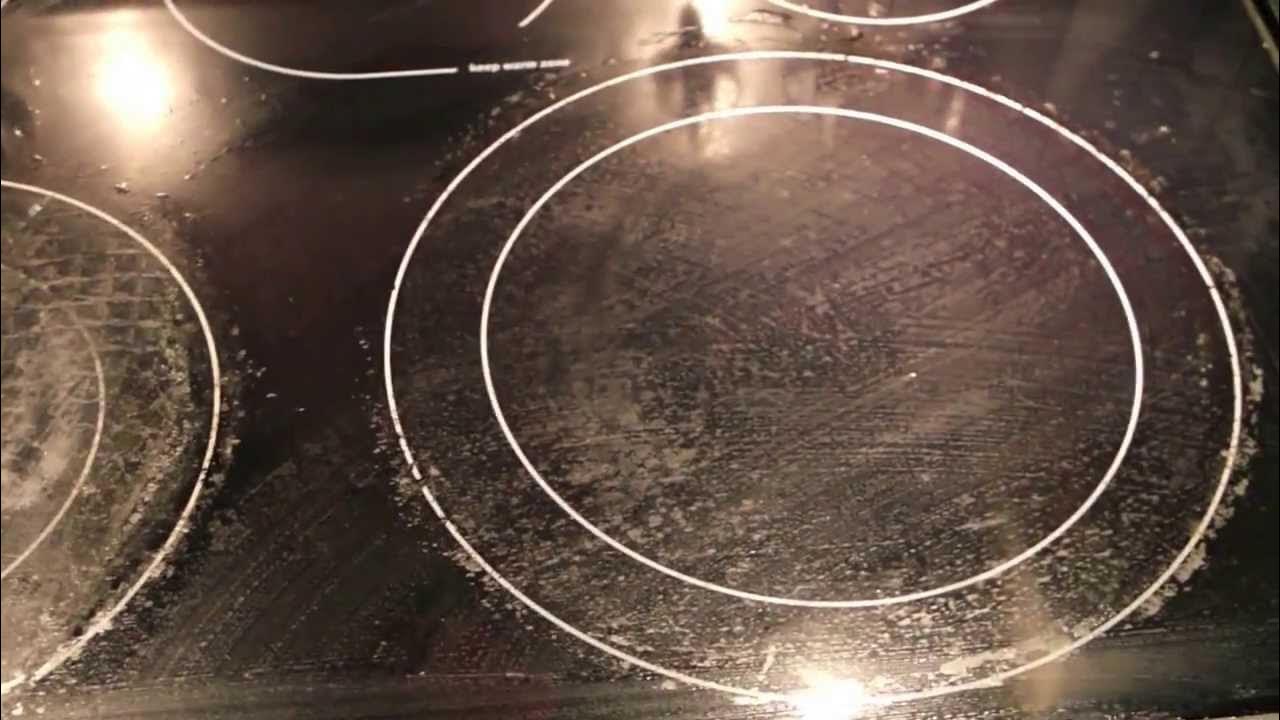
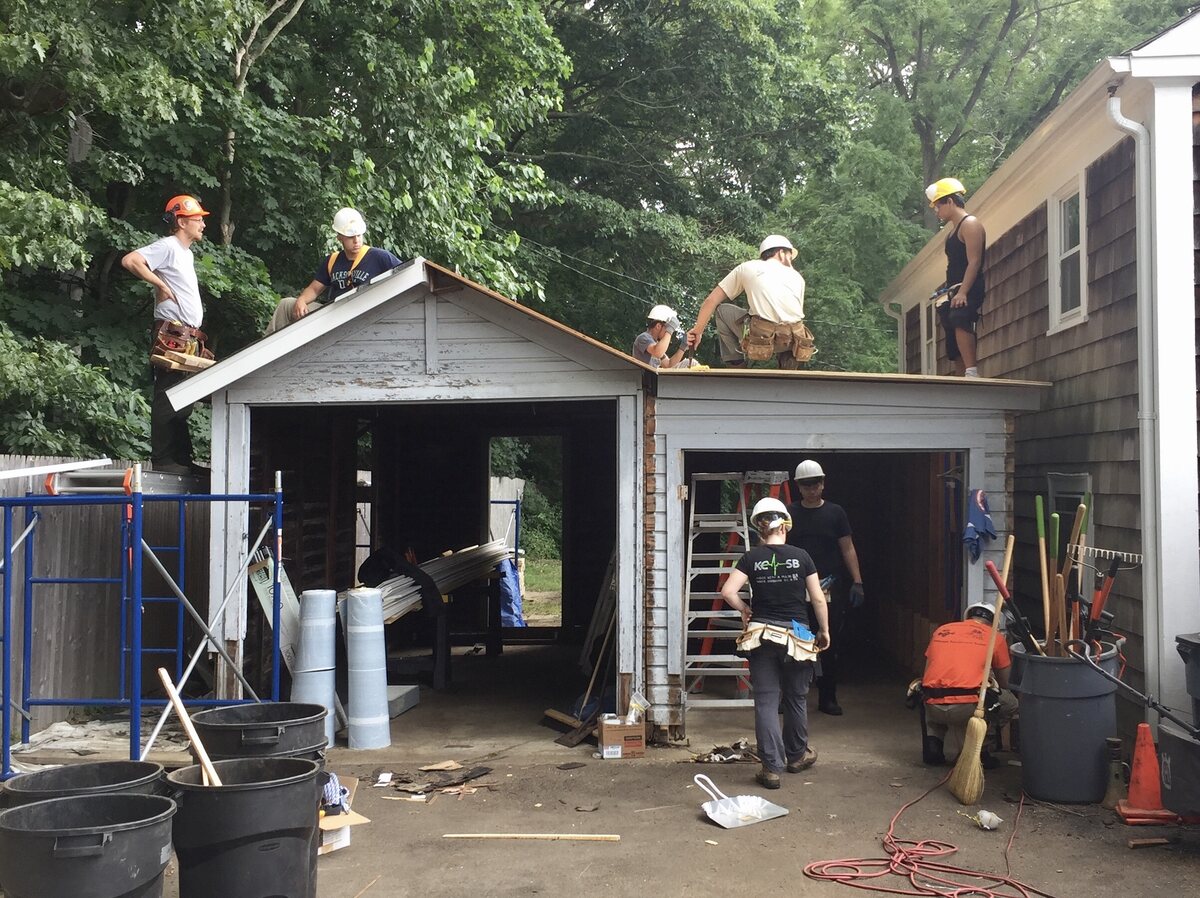
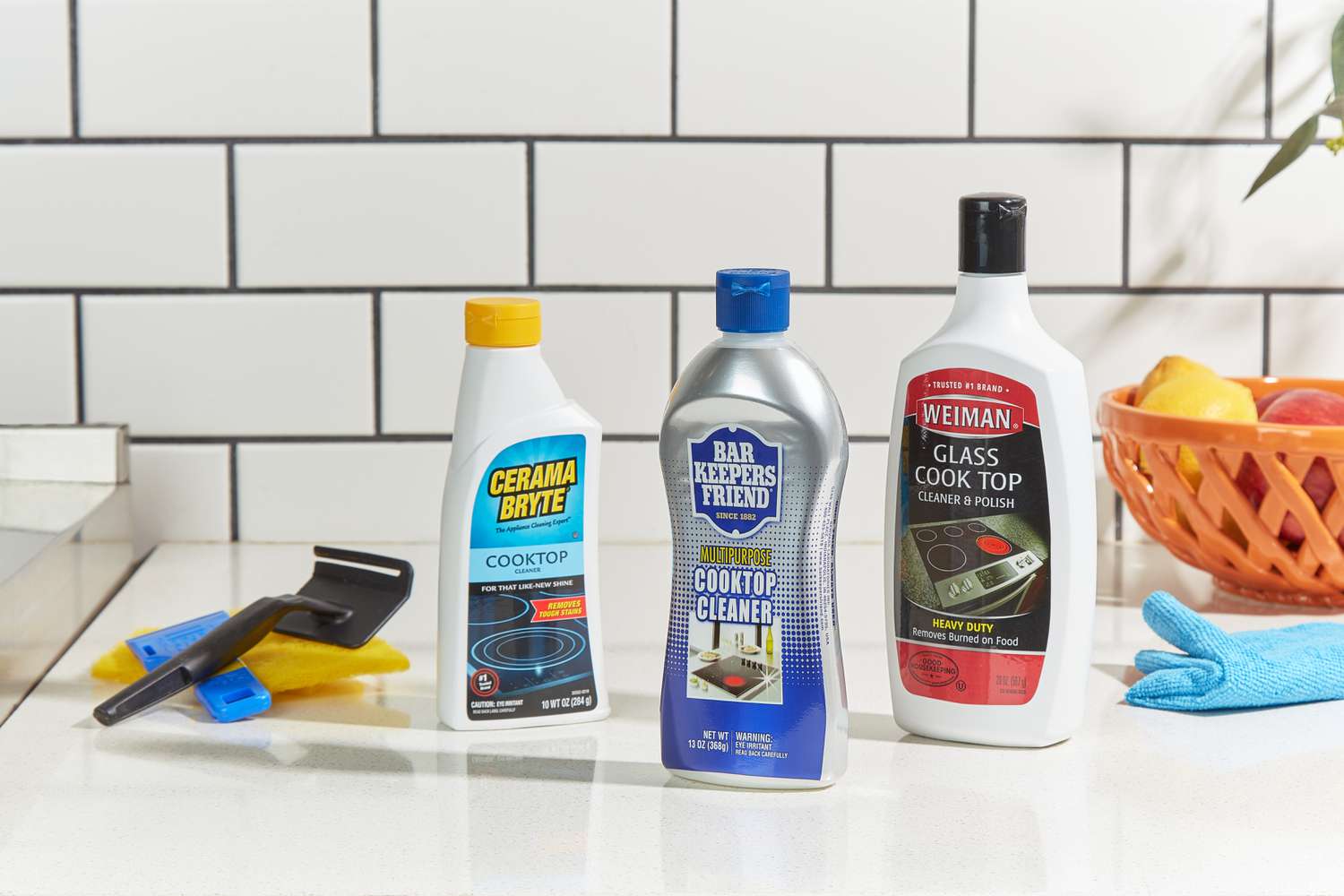
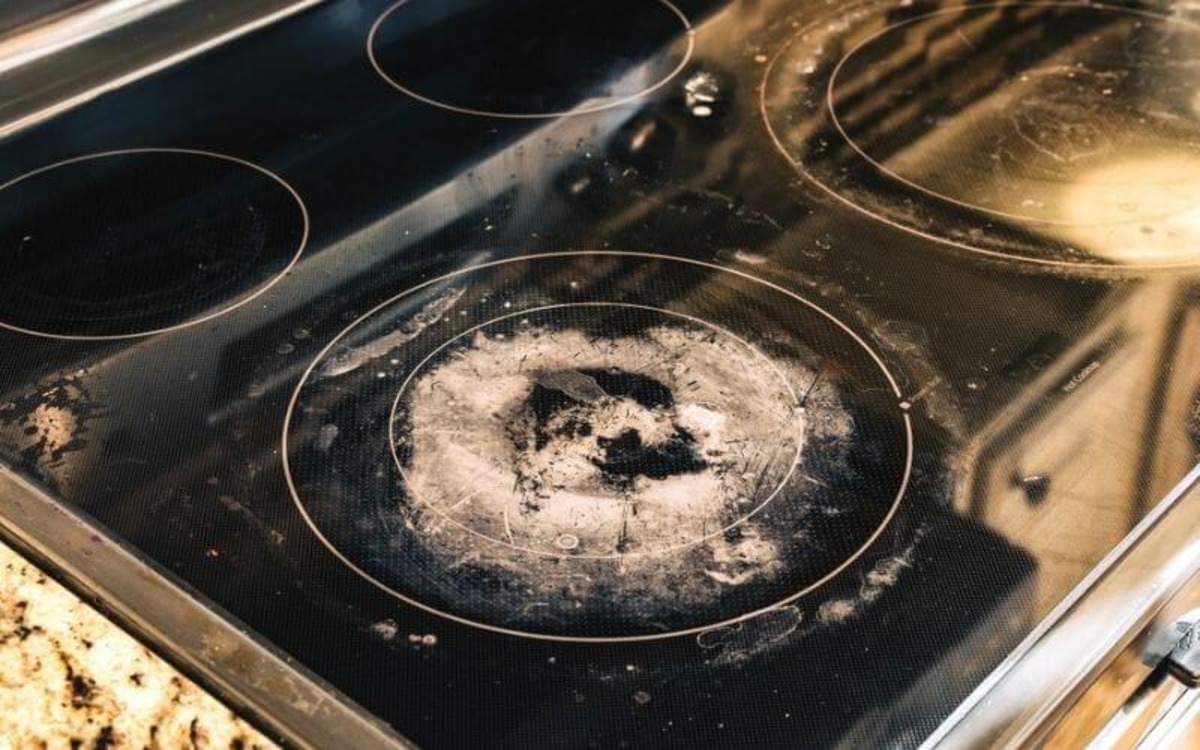
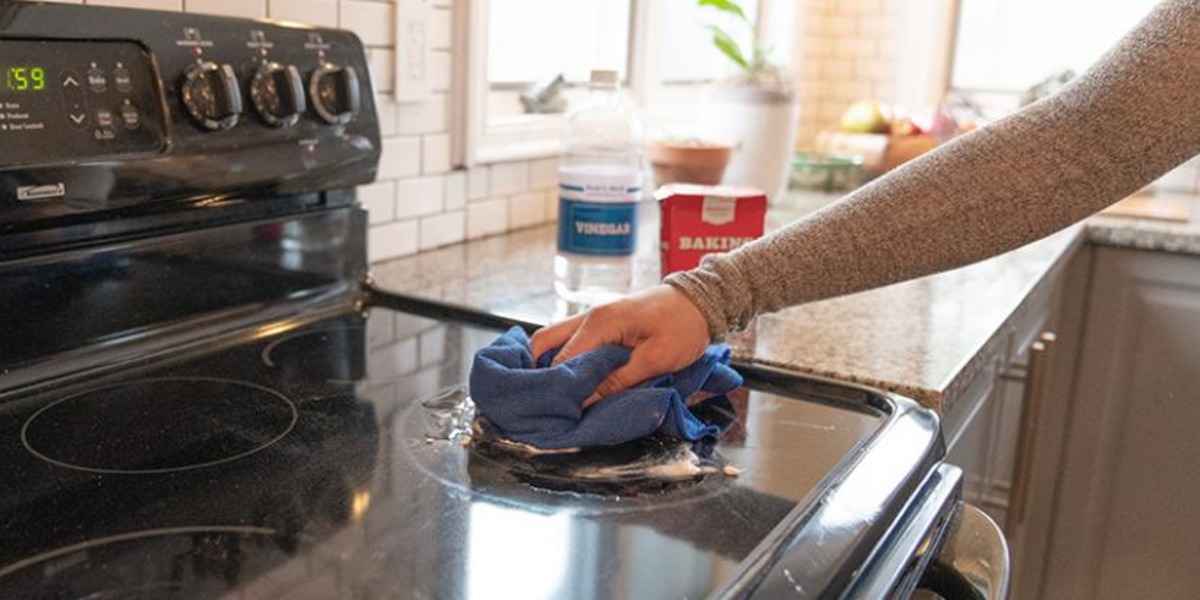
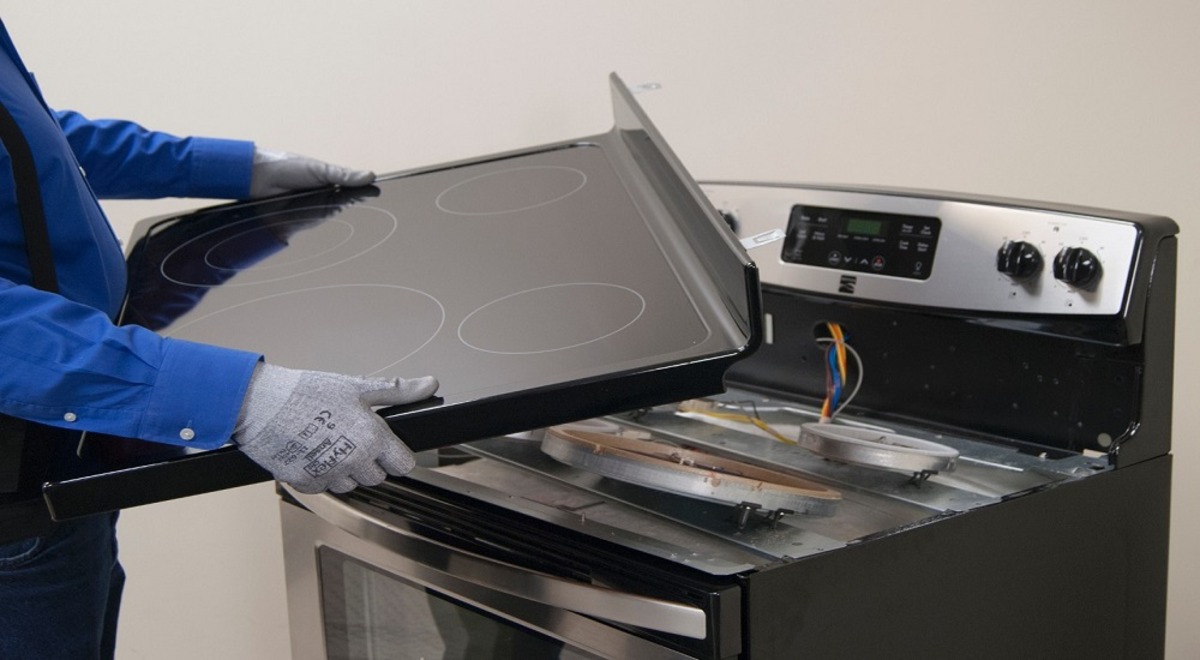

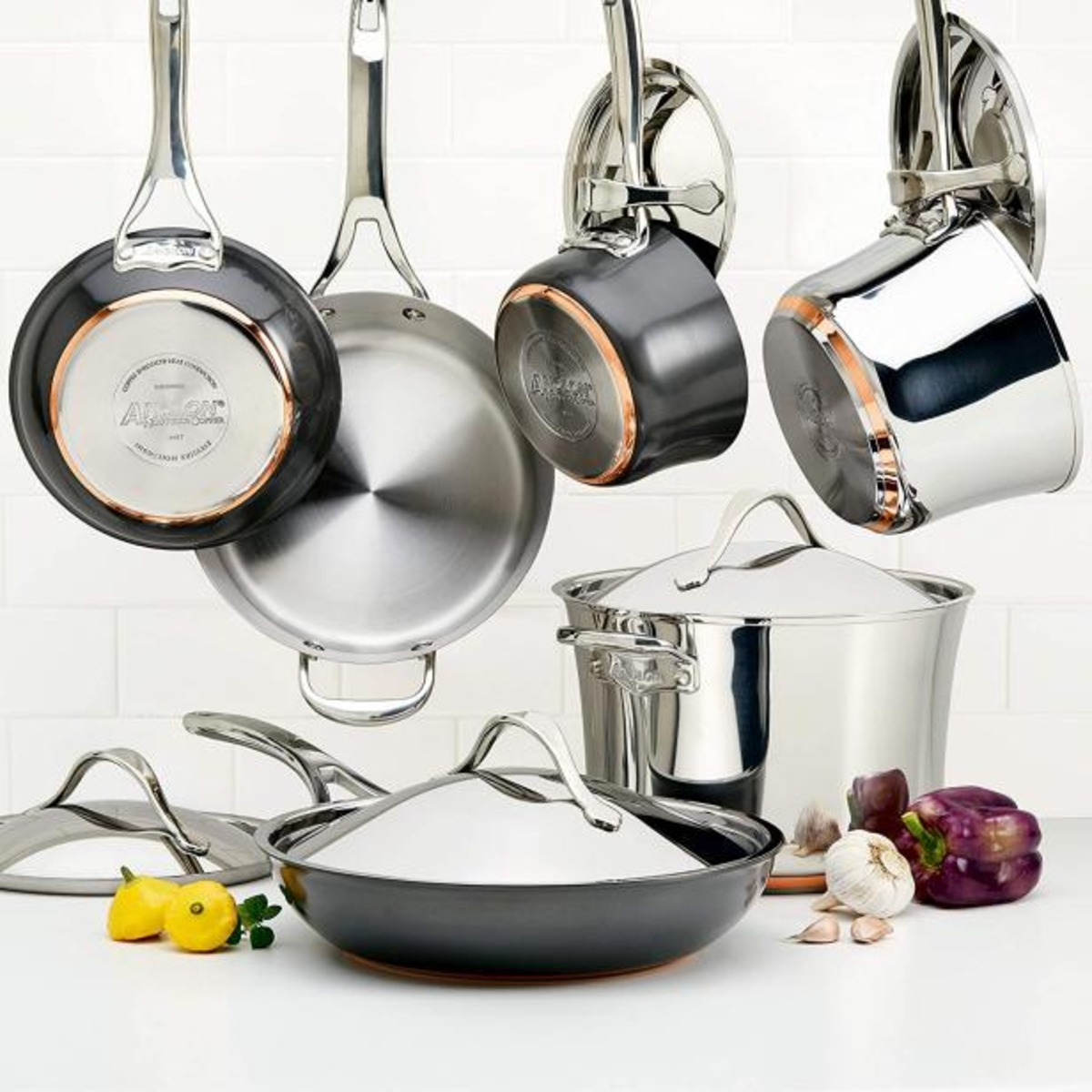
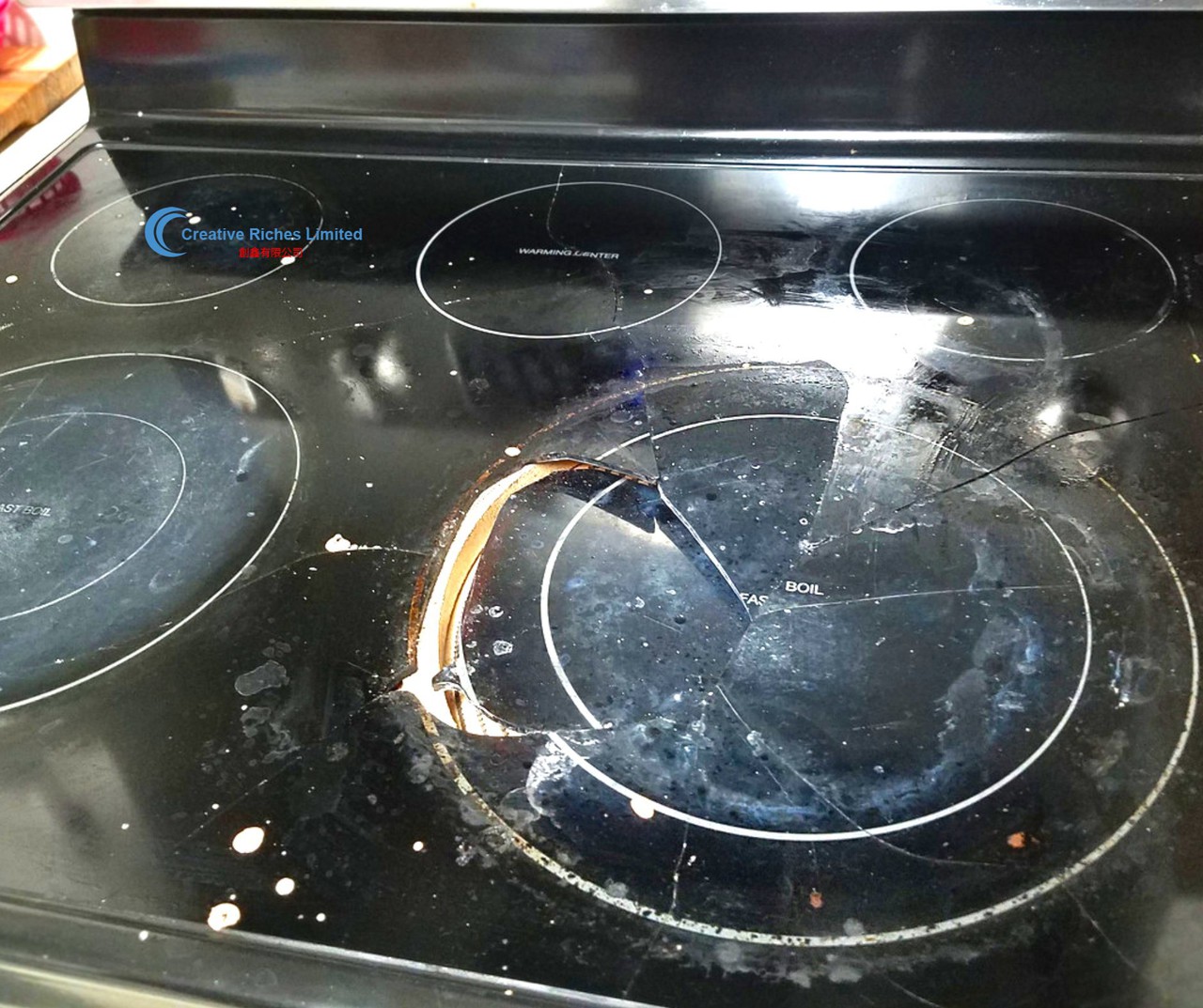
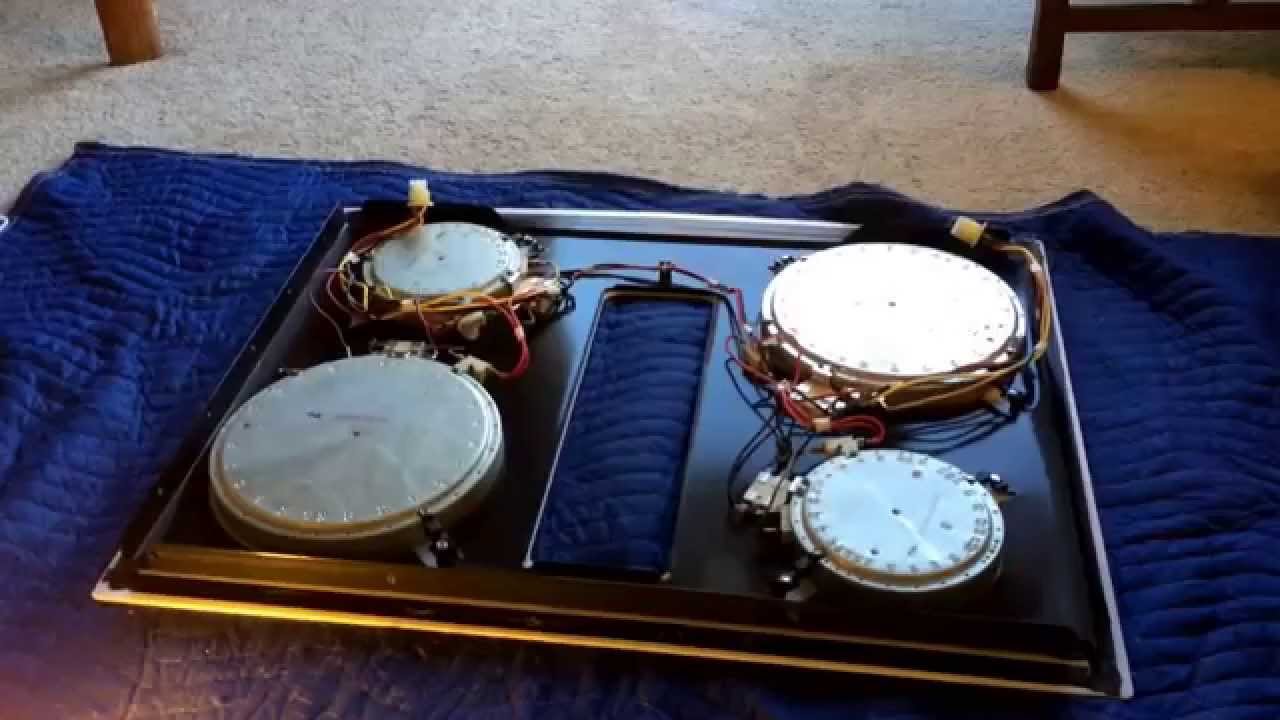
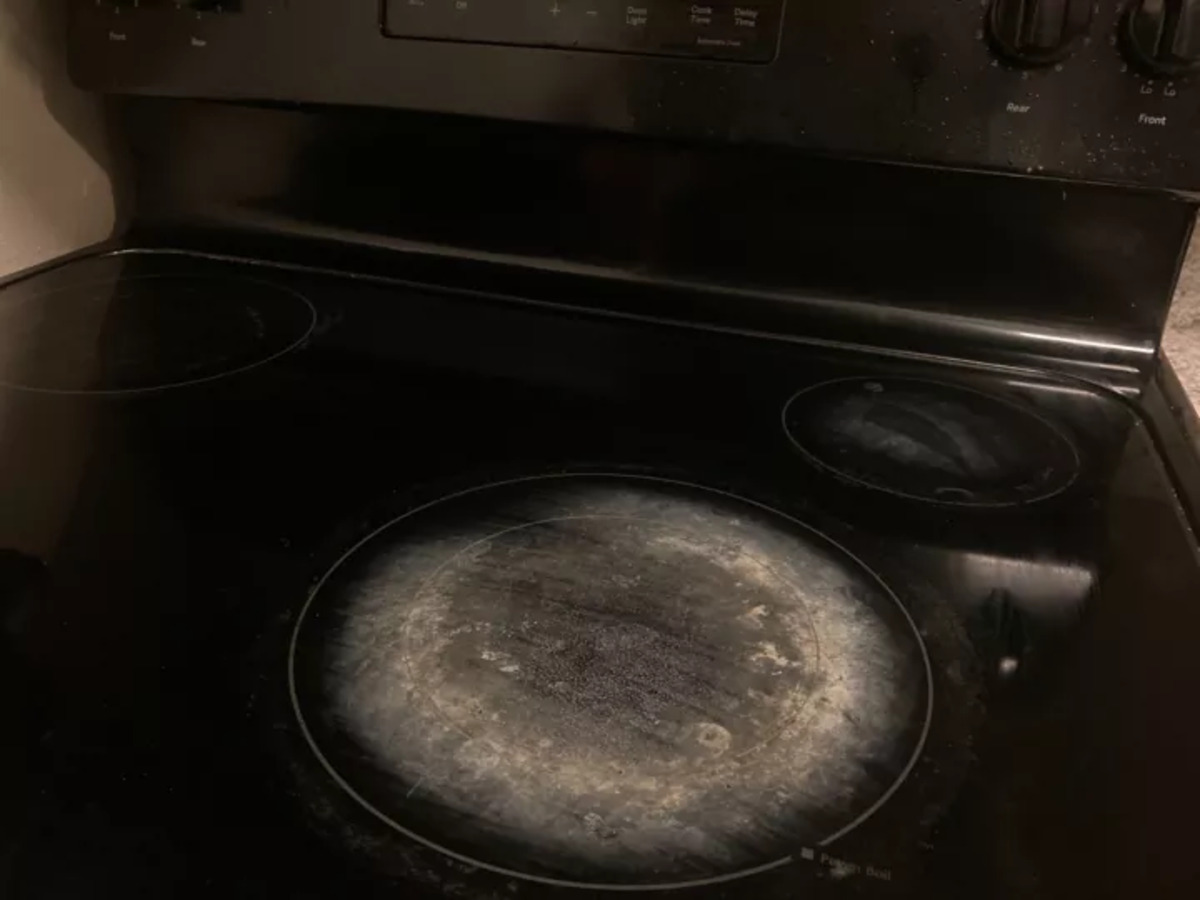
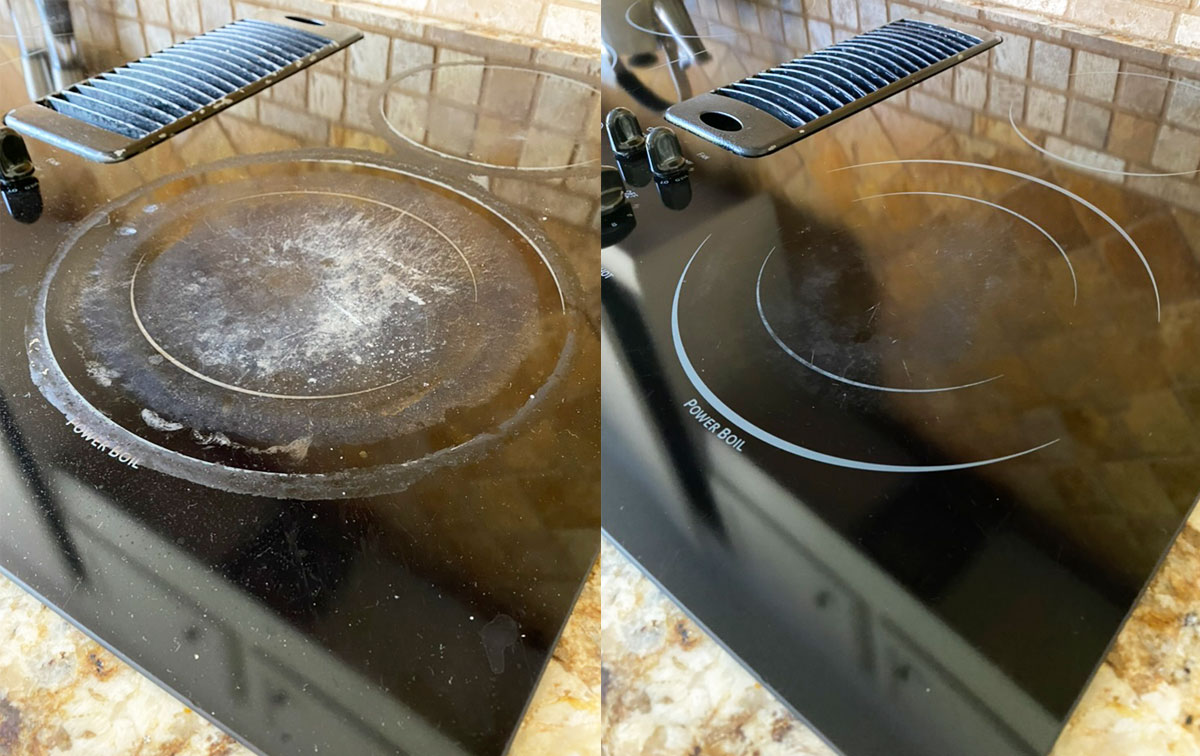
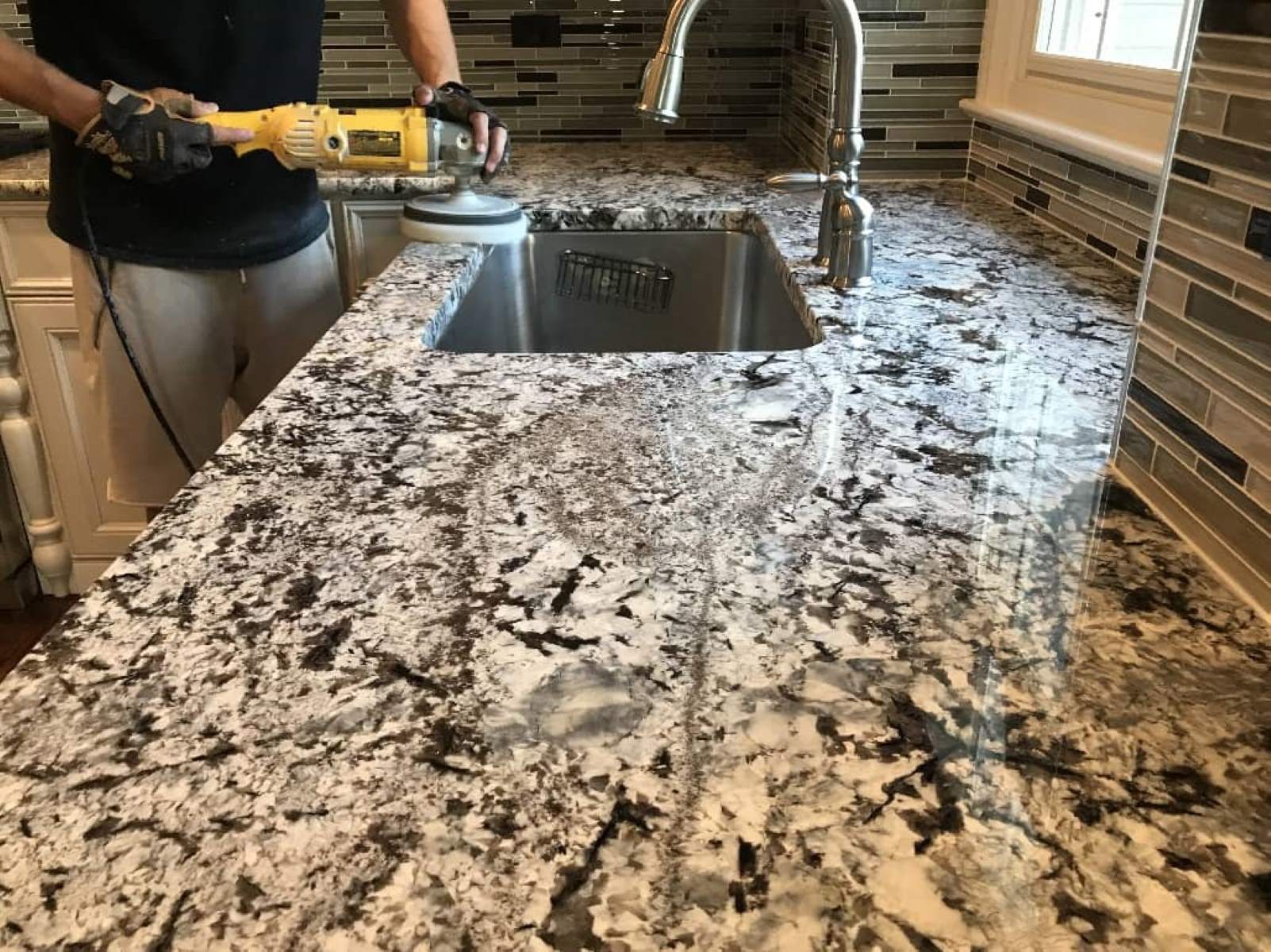
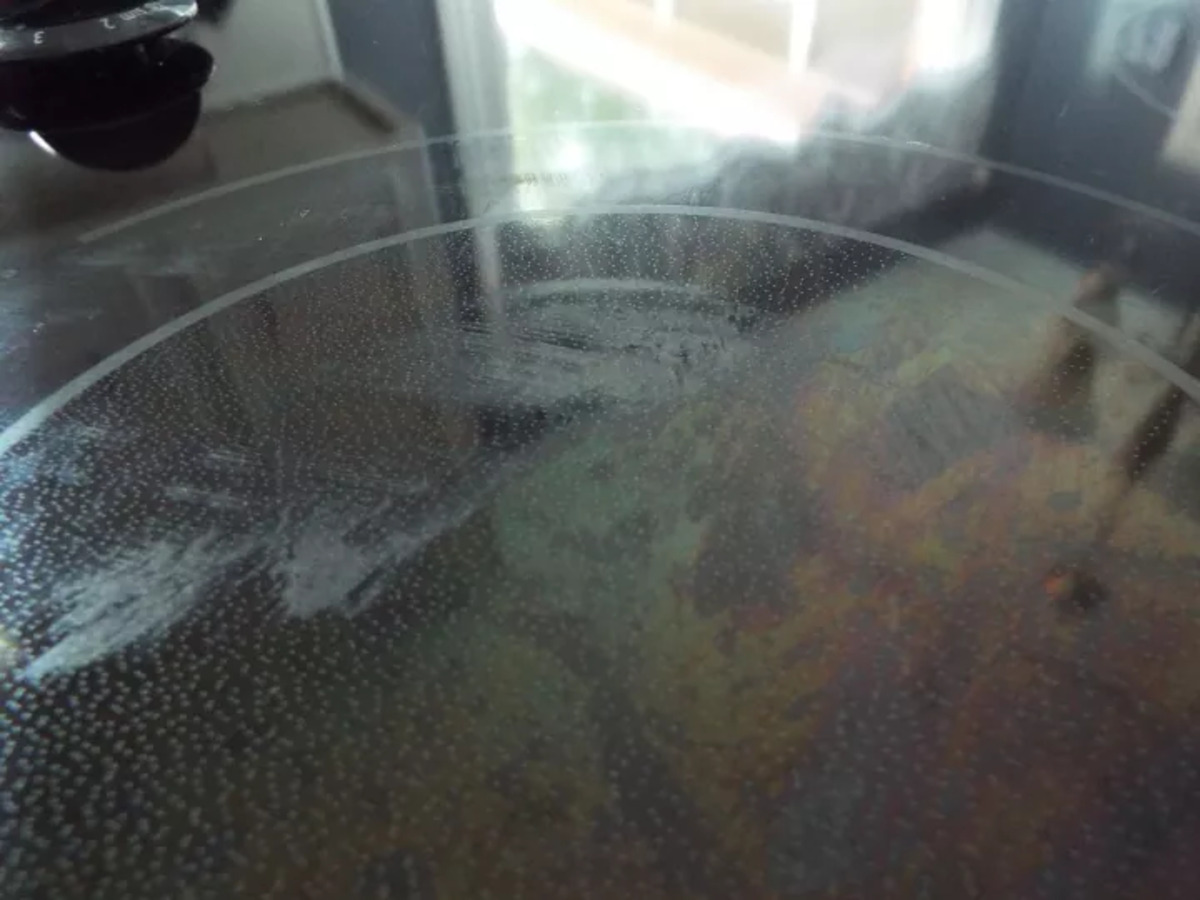

0 thoughts on “How To Restore Glass Cooktop”